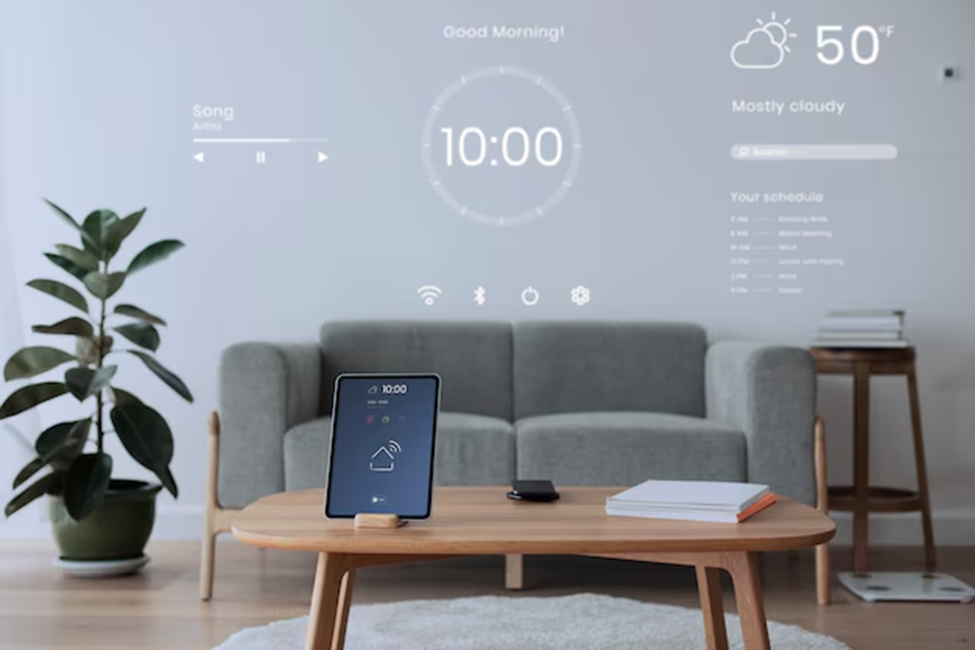Smart Home Integration with AI Assistants
Smart home integration with AI assistants is transforming the way we interact with our living spaces. From voice-controlled lighting to AI-powered security systems, smart assistants like Google Assistant, Amazon Alexa, and Apple Siri are making homes more convenient, efficient, and secure. This guide explores how AI assistants can be used to automate and enhance smart homes.
Introduction
The rise of smart home technology has made everyday tasks easier, offering automation and control over household devices with a simple voice command or a smartphone tap. AI-powered assistants such as Google Assistant, Amazon Alexa, and Apple Siri have taken home automation to a new level, allowing users to manage lighting, temperature, security, and entertainment systems seamlessly. These AI assistants act as the central hub for smart home integration, enabling hands-free operation and creating a more connected living environment.
For homeowners, integrating AI assistants into smart home systems enhances convenience, improves energy efficiency, and increases security. Whether adjusting the thermostat, locking doors remotely, or setting up voice-activated routines, AI-driven automation ensures a smarter and more intuitive living experience. This article explores how AI assistants work in smart homes, the best devices to integrate, and how to set up an intelligent home ecosystem.
How AI Assistants Power Smart Homes
AI assistants use voice recognition, machine learning, and data processing to interpret commands and execute tasks. These assistants connect with smart home devices via Wi-Fi or Bluetooth, allowing users to control appliances, lights, and security systems effortlessly.
One of the primary benefits of AI-powered smart home integration is automation. AI assistants learn user habits over time, enabling personalized automation of daily routines. For example, an assistant can turn off lights and adjust the thermostat at bedtime without requiring manual input. Over time, these assistants become smarter, anticipating needs based on past interactions.
Voice control is another key advantage of AI-driven smart home systems. Instead of manually adjusting settings, users can simply issue voice commands to control their devices. Whether asking Alexa to dim the lights or instructing Google Assistant to play music, voice control adds convenience to daily tasks.
AI assistants also provide remote access, allowing users to manage their smart home devices from anywhere through smartphone apps. Whether adjusting the temperature while away from home or checking security camera footage remotely, AI-powered control enhances accessibility and security.
Smart Home Devices Compatible with AI Assistants
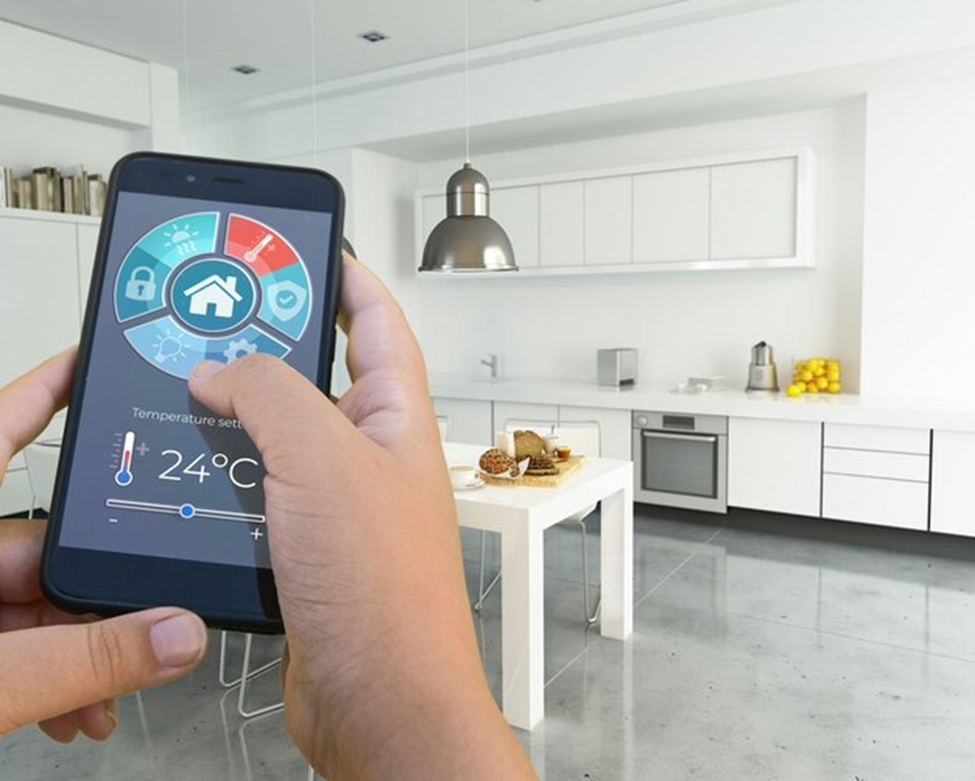
Smart Lighting Systems
Smart lighting is one of the most popular features of AI-powered homes. Smart bulbs, such as Philips Hue and LIFX, allow users to adjust brightness and colour through voice commands or apps. AI assistants enable hands-free control, letting users turn lights on and off or create schedules based on routines.
Smart Thermostats
AI-powered thermostats like Google Nest and Ecobee learn user preferences and adjust temperatures accordingly. These devices help save energy by optimizing heating and cooling based on usage patterns. Users can control thermostat settings using AI assistants, ensuring comfort while reducing energy bills.
Smart Security Systems
Security is a crucial aspect of smart home integration, and AI assistants significantly enhance safety. Smart locks like August and Schlage allow keyless entry and remote access. AI-powered security cameras, such as Arlo and Ring, provide real-time monitoring with AI-driven motion detection. AI assistants enable users to check security status, lock doors, and view live camera feeds through voice commands.
Smart Home Hubs
Smart home hubs serve as the central control system for various devices. Amazon Echo, Google Nest Hub, and Apple HomePod function as smart home hubs, allowing seamless connectivity between multiple smart devices. These hubs support voice commands and enable automation through AI-powered routines.
Smart Appliances
AI integration extends to household appliances such as smart refrigerators, ovens, and washing machines. Samsung SmartThings and LG ThinQ allow users to monitor and control appliances remotely. AI assistants help schedule appliance usage, receive maintenance alerts, and optimize energy consumption.
Smart Entertainment Systems
AI-powered entertainment systems, including smart TVs and speakers, enhance home entertainment experiences. AI assistants allow users to control playback, adjust volume, and browse streaming services through voice commands. Devices like Sonos and Apple HomePod integrate with AI assistants to deliver personalized audio experiences.
Setting Up an AI-Powered Smart Home
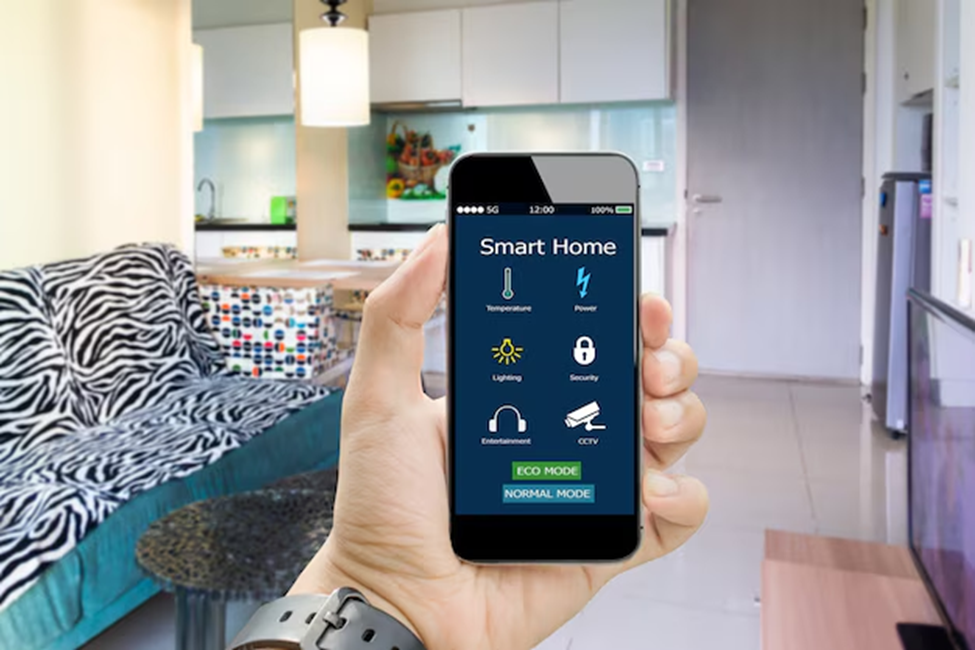
Choosing the Right AI Assistant
The first step in setting up a smart home is selecting an AI assistant. Google Assistant, Amazon Alexa, and Apple Siri are the most popular options, each offering unique features and compatibility with different smart devices. Choosing the right assistant depends on device preferences and ecosystem compatibility.
Connecting Smart Devices
Once an AI assistant is selected, users must connect compatible smart home devices. Most smart devices come with setup instructions that involve linking them to an AI assistant via a smartphone app. This process ensures seamless communication between devices.
Creating Automation Routines
Automation is a key feature of AI-powered smart homes. Users can set up routines where multiple actions occur with a single command. For example, a morning routine can turn on the lights, start the coffee maker, and provide a weather update simultaneously.
Enhancing Security with AI Assistants
Smart security integration ensures a safer home environment. AI assistants can trigger security alerts, lock doors automatically, and monitor activity through smart cameras. By integrating AI-driven security features, homeowners gain peace of mind with enhanced protection.
Integrating Voice Commands for Hands-Free Control
Voice commands simplify home automation, allowing users to interact with their smart home without touching a device. AI assistants recognize different users’ voices and provide personalized responses, making the experience more intuitive.
Remote Access and Mobile Control
AI assistants offer remote access through smartphone apps, enabling users to control smart home devices from anywhere. Whether adjusting lighting settings or checking security cameras, remote access provides convenience and control.
The Benefits of AI-Powered Smart Homes
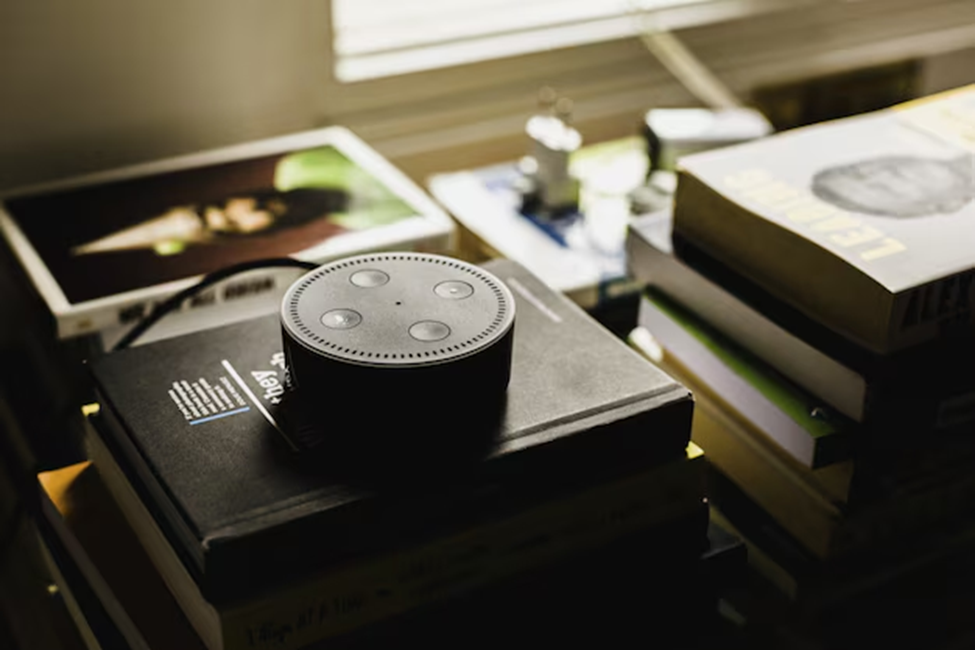
Increased Convenience
AI assistants eliminate the need for manual adjustments by automating tasks. Whether scheduling lights to turn on at sunset or setting reminders for household chores, AI-driven automation simplifies daily life.
Energy Efficiency and Cost Savings
Smart thermostats, lighting systems, and appliances help optimize energy usage, leading to lower electricity bills. AI assistants monitor energy consumption and suggest adjustments to improve efficiency.
Enhanced Security
AI-powered security systems provide real-time monitoring and alerts. Motion detection, facial recognition, and voice authentication enhance home security, offering peace of mind.
Seamless Entertainment
Voice-controlled entertainment systems allow users to play music, watch movies, and control volume without lifting a finger. AI assistants personalize entertainment preferences based on user behaviour.
Improved Accessibility
Smart home integration benefits individuals with disabilities by providing voice-controlled assistance. AI assistants enable the hands-free operation of devices, improving accessibility for users with mobility challenges.
Overcoming Challenges in AI Smart Home Integration
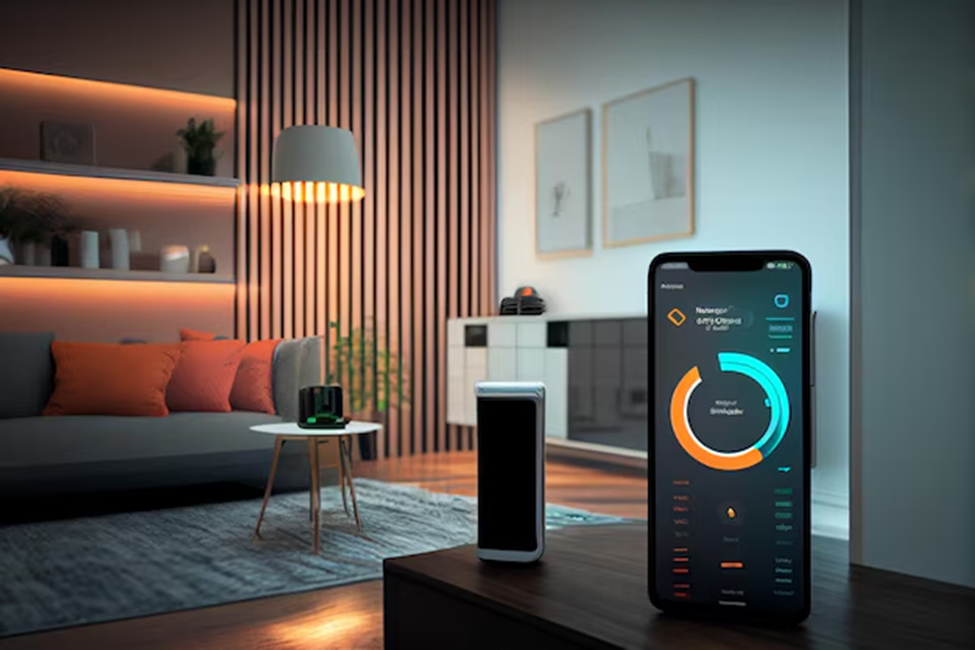
While AI-powered smart homes offer numerous advantages, there are some challenges to consider. Compatibility issues can arise when different smart devices do not communicate seamlessly. Choosing devices that support the same AI assistant ensures smoother integration.
Privacy and security concerns are another consideration. AI assistants collect data to improve functionality, but users should manage privacy settings to limit data collection and prevent unauthorized access. Regular software updates and strong passwords enhance smart home security.
Internet connectivity is essential for AI assistants and smart devices to function properly. A stable Wi-Fi connection ensures smooth communication between devices, reducing connectivity issues.
The Future of AI-Powered Smart Homes
As AI technology continues to evolve, smart homes will become even more intuitive and responsive. AI assistants will incorporate advanced learning capabilities, enabling them to predict user needs more accurately. Future developments may include AI-driven robots for household tasks, deeper integration with health monitoring devices, and more efficient energy management systems.
The expansion of 5G connectivity and the Internet of Things will further enhance smart home automation, allowing devices to communicate faster and more efficiently. AI-powered homes will become more interactive, learning user preferences and adapting to lifestyle patterns in real-time.
With continuous advancements in AI and smart home technology, the future holds exciting possibilities for creating more intelligent, energy-efficient, and secure living environments.
Conclusion
Smart home integration with AI assistants offers a seamless and intelligent way to automate household tasks, improve security, and enhance everyday convenience. AI-powered assistants like Google Assistant, Amazon Alexa, and Apple Siri enable users to control lighting, temperature, appliances, and entertainment systems effortlessly.
By choosing compatible smart devices, setting up automation routines, and ensuring strong security measures, users can enjoy the full benefits of a connected home. As AI technology continues to advance, smart homes will become even more adaptive, creating a future where home automation is more intuitive and efficient than ever before.

